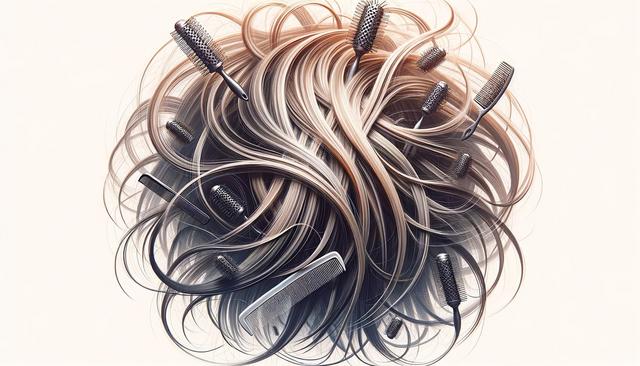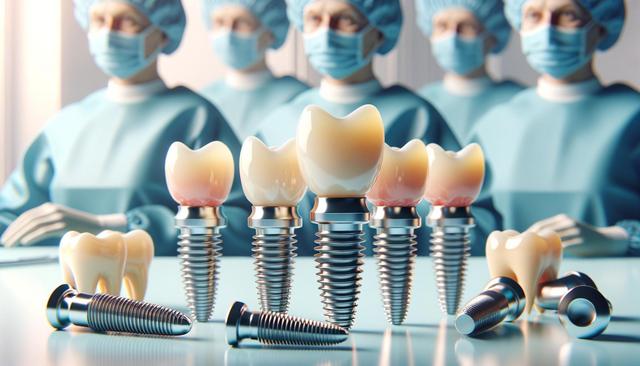Understanding Female Hair Loss
Hair thinning in women is more common than many realize. While it’s often associated with aging, female hair loss can begin as early as your twenties and may result from a variety of factors. Genetics, stress, poor nutrition, and underlying health conditions can all contribute. One significant cause is hormonal hair loss, which often stems from changes in estrogen and androgen levels during life events like menopause, pregnancy, or discontinuing birth control. Understanding the root cause is the first step in identifying effective thinning hair solutions.
Unlike male pattern baldness, which often presents as receding hairlines or bald spots, female hair loss typically appears as overall thinning, especially near the crown. Early detection is key. If you notice more hair on your pillow or in the shower drain, it’s worth consulting a healthcare provider or dermatologist to explore potential underlying issues.
Practical Lifestyle Changes to Support Hair Growth
Your everyday habits can either support or hinder healthy hair growth. Nutrition plays a vital role in maintaining strong, resilient hair. A well-balanced diet rich in protein, iron, omega-3 fatty acids, and vitamins A, D, and E can promote hair growth for women. Consider incorporating the following foods:
- Salmon and walnuts for healthy fats
- Spinach and lentils for iron and folate
- Eggs and Greek yogurt for protein and biotin
Stress management is equally important. Chronic stress can push hair follicles into a resting phase, causing more shedding. Practices like yoga, meditation, and regular physical activity can help reduce stress levels and support scalp health. Getting enough sleep and staying hydrated also contribute to overall well-being and hair vitality.
Choosing the Right Hair Products
When addressing hair thinning, using the right products can make a significant difference. Look for the best shampoo for thinning that is free of sulfates and parabens and contains ingredients known to nourish the scalp, such as biotin, keratin, and caffeine. These components can help stimulate hair follicles and improve the thickness and texture of your hair.
Avoid excessive heat styling and harsh chemical treatments, as these can weaken hair strands and lead to breakage. Instead, opt for gentle styling practices and use wide-tooth combs to minimize hair pulling. Leave-in conditioners and scalp serums designed for thinning hair can also offer added support when used consistently.
Natural Remedies to Stop Shedding
For those looking to stop shedding and encourage regrowth naturally, several home remedies have shown promise. While results can vary from person to person, many women find relief in plant-based oils and herbal treatments. Some options include:
- Rosemary oil: Known for its ability to improve circulation and stimulate hair follicles
- Aloe vera gel: Soothes the scalp and balances pH levels
- Green tea rinse: Contains antioxidants that may promote hair growth
Regular scalp massages can also be beneficial. They help boost blood flow to hair follicles, which can enhance nutrient delivery and support a healthy hair cycle. Simply massaging your scalp for 5–10 minutes a day using gentle, circular motions can be a relaxing and effective practice.
When to Seek Professional Help
If you’ve tried lifestyle changes and over-the-counter solutions but continue to experience significant thinning, it may be time to consult a medical professional. Dermatologists can help diagnose the specific type of hair loss and recommend targeted treatments. In some cases, prescription medications or in-office procedures like microneedling or platelet-rich plasma (PRP) therapy may be suggested.
There are also specialized clinics that offer non-invasive thinning hair solutions tailored to individual needs. These may include laser therapy, nutrient infusions, or customized topical treatments. Remember, early intervention often leads to better outcomes, so don’t hesitate to seek guidance if your hair loss persists or worsens.
Conclusion: Taking Control of Your Hair Health
Female hair loss can be a challenging experience, but there are many proactive steps you can take to address it. From improving your diet and reducing stress to choosing the right hair care products and exploring natural remedies, there are several effective approaches to promote hair growth for women and stop shedding. If needed, professional help is available to guide you through more advanced options. By understanding the causes and taking thoughtful action, you can regain confidence in your hair’s appearance and health.




Leave a Reply